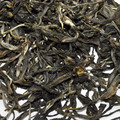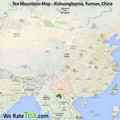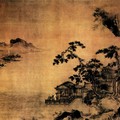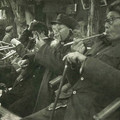Pu-erh tea
„The piling, wetting, and mixing of the piled máochá ensures even fermentation. The bacterial and fungal cultures found in the fermenting piles were found to vary widely from factory to factory throughout Yunnan, consisting of multiple strains of Aspergillus spp., Penicillium spp., yeasts, and a wide range of other microflora. Control over the multiple variables in the ripening process, particularly humidity and the growth of Aspergillus spp., is key in producing ripened pu'er of high quality.“
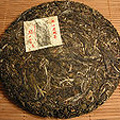
Quotes Tags: Pu-erh, Yunnan, Shu - Ripe Puerh
- Discussion: 0 comments
- Write a comment
Teas - Pu-erh
Lao Banzhang 2004 Bamboo Tube
 1 review
1 reviewLao Banzhang 2004 is a pu-erh pressed into bamboo tubes. Mighty and rich tea soup...
1980's Zhongcha 8653 (HK/Malaysian
 0 reviews
0 reviewsProduced in the mid-late 1980's, these cakes were stored for the first 10-15 years of...
2005 Yibang Old Tree Raw Puerh Brick
 0 reviews
0 reviewsSpring 2005 material from Yibang was used for this semi-aged raw puerh tea brick. Rare...
2014 Jingmai Gu Shu Huang Pian
 1 review
1 reviewThis tea is from Jingmai Da Zhai, grown in Da Ping Zhang area, and it is considered to...
2013 Chawangpu "Gao Shan Liu Shui" Xiao
 1 review
1 review高山流水 [gāo shān liú shuǐ] :lofty mountains and flowing water; -- referring to the harsh...
2000 CNNP 7532 Tiepai
 1 review
1 reviewThis tea most closely resembles CNNP 7532, but we are labeling it as tiepai [pasted...
Quotes - Pu-erh
„Nèi piào (内票): A larger description ticket or flyer packaged loose under the wrapper. Both aid in assuring the identity of the cake. It usually indicates factory and brand. As well, many nèi piào contain a summary of the tea factories' history and any additional laudatory statements concerning the tea, from its taste and rarity, to its ability to cure diseases and effect weight loss.“

Video - Pu-erh
Theme
Teas
2002 Yi Wu "Ancient Spirit" Raw Pu-erh Tea
 2 reviews
2 reviewsMade entirely from spring 2002 material, this Banna wetter stored tea cake sports a smooth aged taste with...
2012 Yunnan Sourcing "Qiu Yun" Wild Arbor Raw
 1 review
1 reviewLate autumn harvest tea from wild arbor tea trees (between 60 and 80 year old) growing in the area of Yi Bi...
Sikkim Temi FTGFOP-1 Second Flush 2013
 2 reviews
2 reviewsExcellent tea from a single garden in Sikkim, spread around the village of Temi, in the beautiful...
Tea by region
We will help you with tea selection.
Do you like quality loose tea?
We will help you to find the right one for you. Be inspired by tea ratings of other tea lovers. Rating stars could help you.


Review your cup of tea.
Review the tea you are drinking and help other tea lovers to find the right cup of tea.




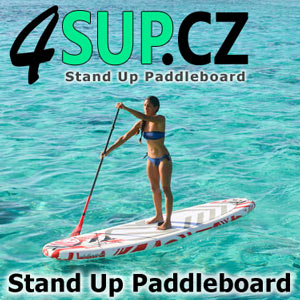

 Shops
Shops Share on Facebook
Share on Facebook









